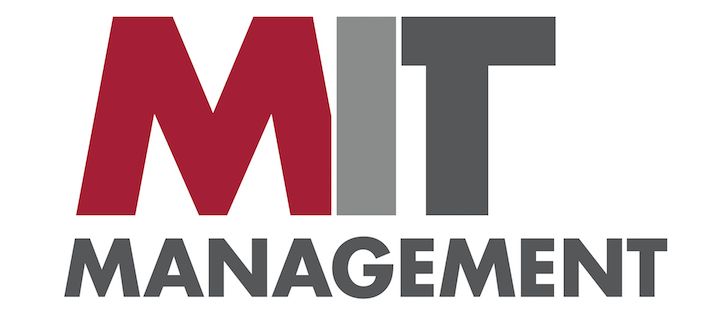MIT Researchers Use Big Data to Track Drug Approval Likelihood
And contrary to popular perception, the likelihood that a drug gets approved is actually on the rise.

A new study by researchers at the Massachusetts Institute of Technology (MIT) shows that drug approval rates are trending over the last decade or so. While perception may be that the FDA approves less drugs than ever, the authors say that’s a result of the decline that occurred between 2005 and 2013, and ever since the likelihood of approval has increased: Currently, probability of success sits at 14% for all therapies studied.
The team’s findings are the result of a massive statistical undertaking, which they say would have been impossible to do manually. The researchers used a dataset from a UK-based publishing company, Informa, that contained data on over 21,000 compounds in over 185,000 clinical trials conducted between 2000 and 2015. They developed custom algorithms to link the studies together and follow the drugs from Phase 1 through FDA approval or rejection.
"You can't manage what you don't measure," Andrew W Lo, director of MIT's Laboratory for Financial Engineering, said in a statement. "It would be literally impossible for any human to process all of these numbers by hand. But in the Era of Big Data, we can do this quickly and accurately."
The rates vary widely by type of drug: Oncology medications are approved less than 10% of the time (ranging from 1.7% in 2012 to 8.3% in 2015), while infectious disease vaccines are greenlit a third of the time. Improvements—like those seen in cancer drug success rates—are associated with the growing use of biomarkers in clinical trials. Those that use them are more successful.
The importance of the work, Lo said, is that it can help inform the pharmaceutical industry to keep it from wasting money on ill-planned clinical trials.
"As clinical trial success rates improve for certain diseases, it's likely that more investment capital will flow into those areas,” he said. “For diseases where success rates stall, public policy can play an important role by increasing research funding or providing more incentives to risk-tolerant investors and philanthropic organizations.”
His team plans to continue the work into the future to keep drug makers, and potential investors, informed of the likelihood that their money will yield viable treatments. They hope it can help control the price of drug development.
And the price of drug development does need to be reined in: A 2012 Nature Reviews Drug Discovery study found that the number of new drugs approved per billion dollars spent “has halved roughly every 9 years since 1950, falling about 80-fold in inflation-adjusted terms.”
The new study, “Estimation of clinical trial success rates and related parameters,” was published today in Biostatistics.